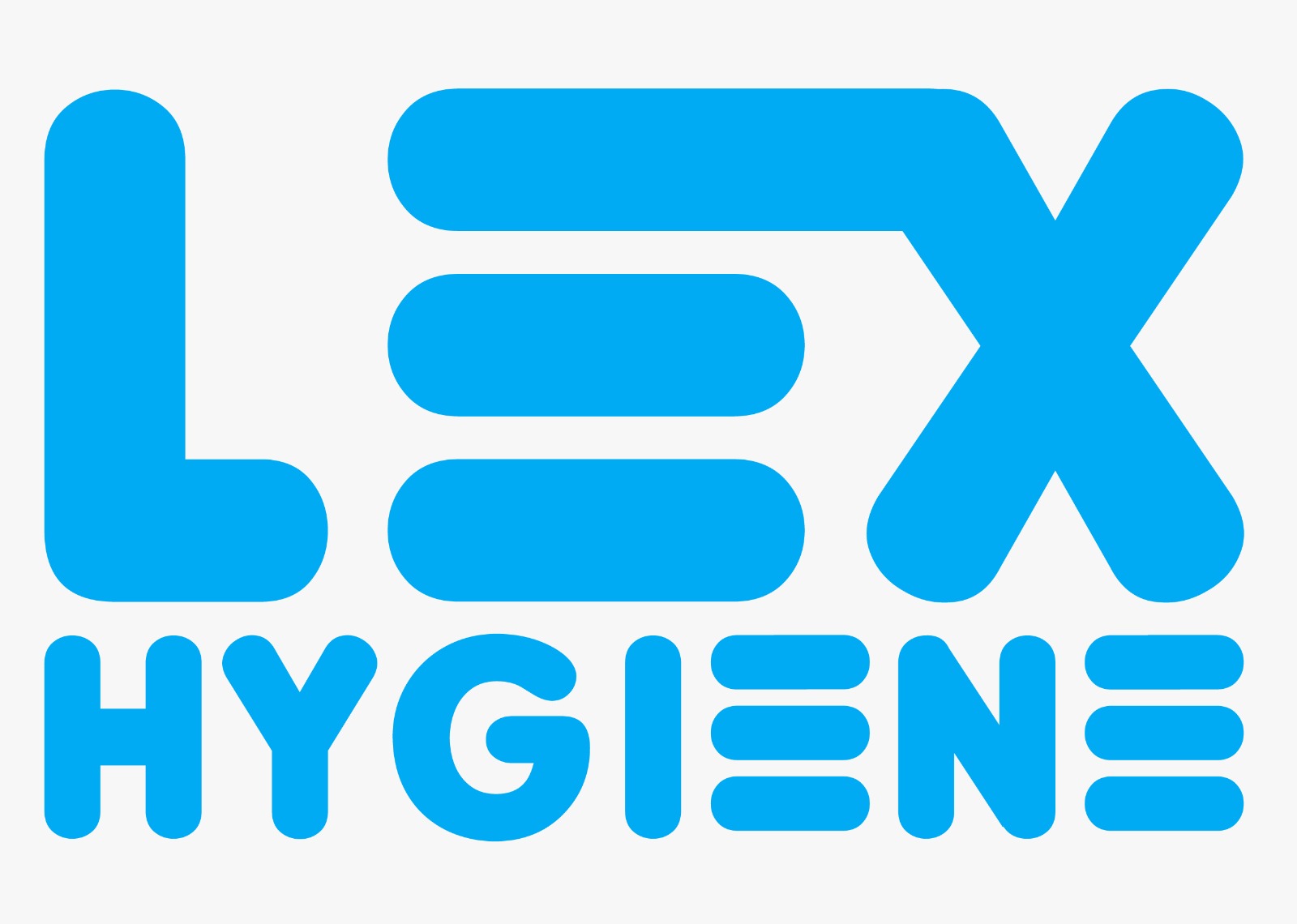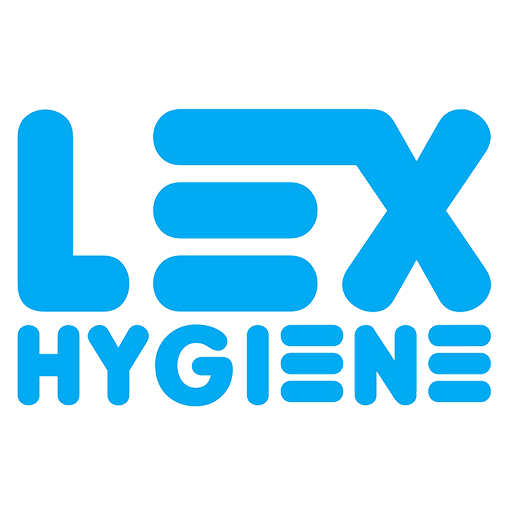Fire Hazards
Fire Hazards from Dirty Ducts
Grease contaminated kitchen extract ducts represent an increased fire hazard to properties. In recent times, wealth generation has seen a rapid increase in the number of restaurants in the U.K. However, this increase has also brought with it a corresponding increase in serious restaurant fires. This is because of unprecedented grease accumulation in extract ducts. Insurance companies are rapidly getting tired of paying out enormous sums of money due to large scale ductwork fires and are now frequently refusing cover unless clients meet standard ductwork cleaning procedures.
Why clean ductwork:
- 24,000 accidental fires in non-domestic buildings each year.
- 25% are attributed to cooking appliances.
- 80% of kitchen extract ducts are never cleaned.
- Insurance firms will not pay out if not cleaned.
- Corporate Manslaughter Act 2007 – unlimited fines and imprisonment.
- Insurance payouts for fires last year – £65m.
- Fast food outlet in Salford fined 13k for FRO breaches.
- Concern over the quality of air we breathe, especially when supplied through air conditioning systems.
- Air conditioning systems will invariably build up debris.
- Worst case scenarios are vermin infestation or damp conditions that create breeding grounds for bacteria.
- Arise because of neglect i.e. filters wrongly changed, missing vermin screens, faulty fan units, natural degradation.
- Under COSHH regulations, Euro directives and the Health and Safety Executive it is your responsibility to ensure the health and safety of occupiers; whether visitors, workers or tenants.
- Every time you look at that dirty grille or diffuser, remember, you are breathing in that excess dirt.
- In rare cases bacteria can be found in harmful quantities. Streptococcus, Pneumonia and Legionella can all breed in ductwork which can lead to infection.
- These can cause dehydration, fever and flu-like symptoms and lead to infections in open wounds and even Pneumonia type infections, which can be fatal.
Annual insurance losses resulting from fires that are caused by dirty extract ducts have risen in the past two years to £65M according to statistics provided by the Association of British Insurers. We all have a duty to safeguard life, property and the environment.
The current UK market is growing through our membership of the European Parliament and it’s requirements to fulfil an annual inspection/clean of ventilation hygiene systems.
Fire Safety
The Regulatory (Fire Safety) Order 2005e
Since April 06 it has been an offence if systems are not maintained from a fire risk prospective and in the event of personnel injury or death from a fire associated with a poorly maintained system (section 17 of the RRO), charges of corporate liability or manslaughter may be brought against the kitchen operator (responsible person). For compliance with this regulation, Health and Safety Executive, Environmental Health Officers and Fire Inspectors will look for a maintenance routine that includes regular inspection of all ventilation systems to enclosed spaces. They will expect to see logs of the results of these inspections. Inspection frequency will vary accordingly to age and type of system: location and use, the results of the initial survey. Any assumptions and conclusions made should be documented and filed.
The need for cleaning will be determined by the initial inspection, risk assessments and frequency by the on-going inspections. The definition of ‘Clean’ may be taken as visually clean depending on individual circumstances.
Contact us
Unit 10-11,
Whittingtons Court
Wheatley Hall Rd
Doncaster
DN11 0PS
> Grease Duct Cleaning
> Air Duct Cleaning
> Fire Damper Testing
> Cleaning Interval Legislation
> Workplace Regulations
> BS15780
> NAAD 21
> Legislation
> Asbestos
> Modern Slavery
> Fire Hazards and Safety
> HTM 03-01
Share us on social media


